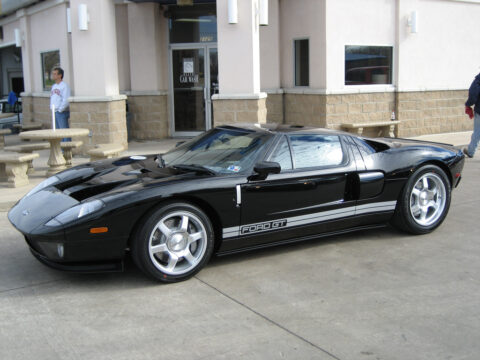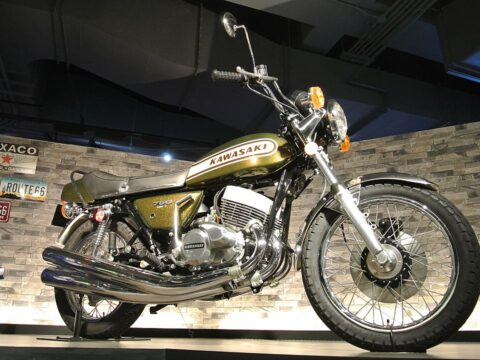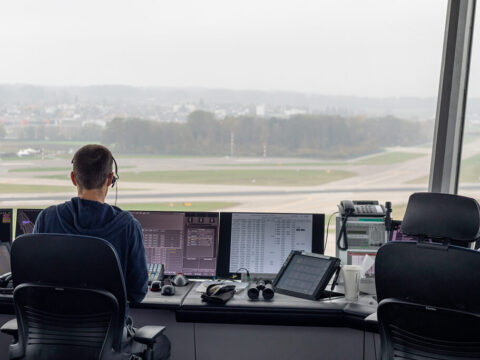Aviation history is filled with iconic aircraft that everyone recognizes, but some of the most important advancements came from planes that flew under the radar. These underrated airplanes may not be household names, yet their innovations and contributions have shaped the future of flight in ways that can’t be ignored. Let’s take a closer look at 20 of these revolutionary but often overlooked aircraft.
Contents
De Havilland DH.106 Comet
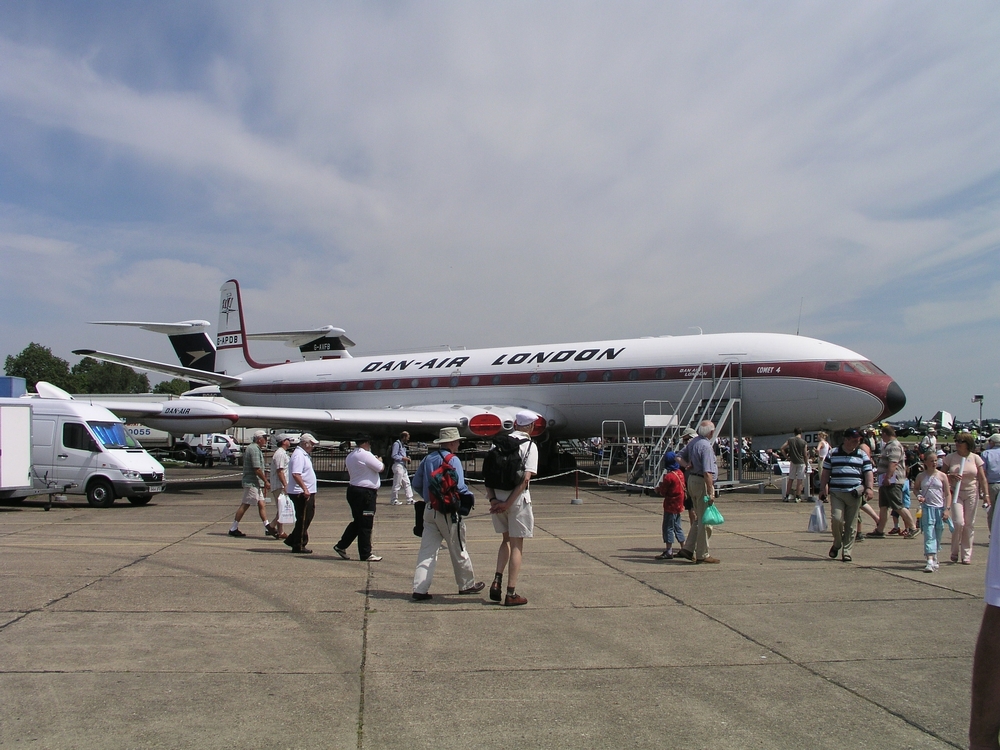
The De Havilland DH.106 Comet was the world’s first commercial jet airliner, a true aviation trailblazer. Introduced in the early 1950s, its sleek design and jet propulsion allowed for faster and smoother flights compared to piston-engine aircraft. Although early models experienced technical setbacks, later versions corrected those issues, paving the way for modern jetliners. The Comet revolutionized the airline industry by reducing travel times, inspiring future generations of commercial jets.
Boeing Model 299 (B-17 Flying Fortress prototype)
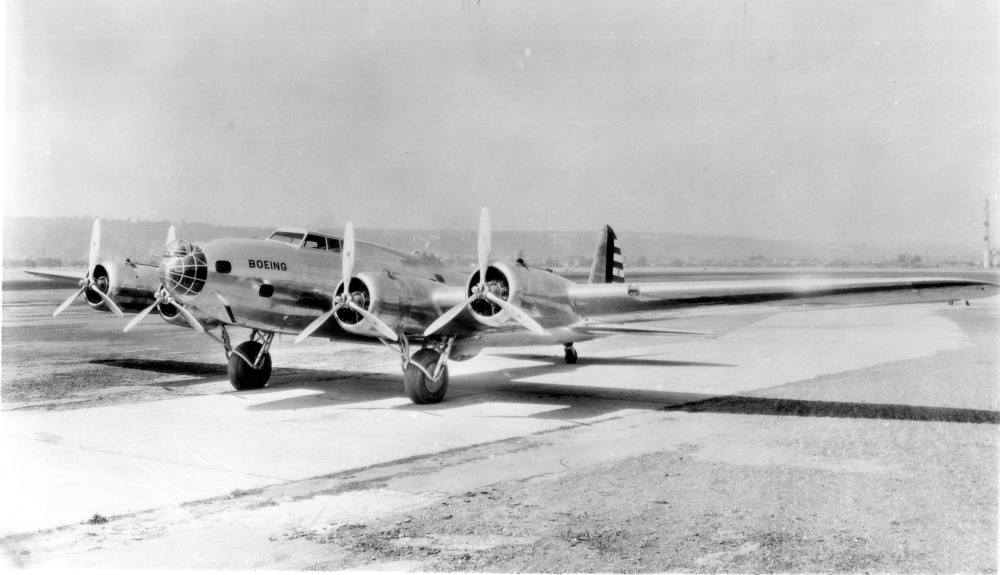
Boeing’s Model 299, the prototype for the famous B-17 Flying Fortress, revolutionized long-range bomber design. Its innovations included a rugged airframe, multiple defensive gun positions, and four powerful engines that gave it the ability to fly long missions over hostile territory. Though overshadowed by its production successor, the Model 299 set the standard for strategic bombing during World War II and greatly influenced bomber designs for decades to come.
Douglas DC-3
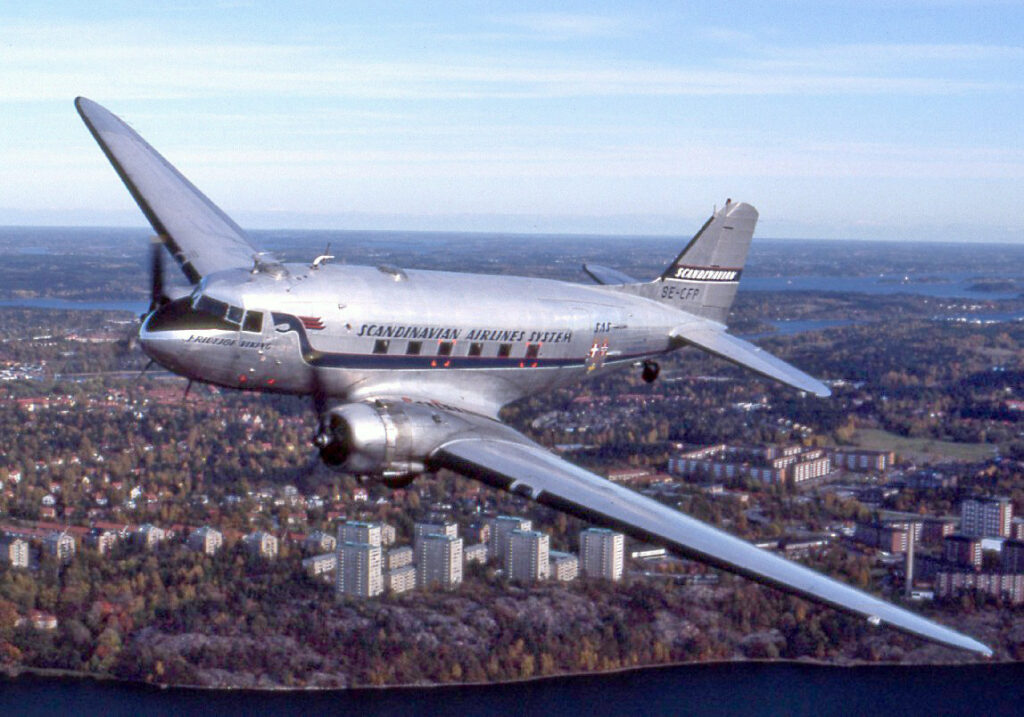
The Douglas DC-3 is one of the most influential airplanes in aviation history. Its durability, range, and ease of use made it the backbone of commercial airlines and military air transport during the mid-20th century. With a range of over 1,500 miles and the ability to operate from short airstrips, it enabled air travel to become a viable option for the masses, transforming the airline industry and establishing the foundations of modern air travel.
Lockheed Constellation
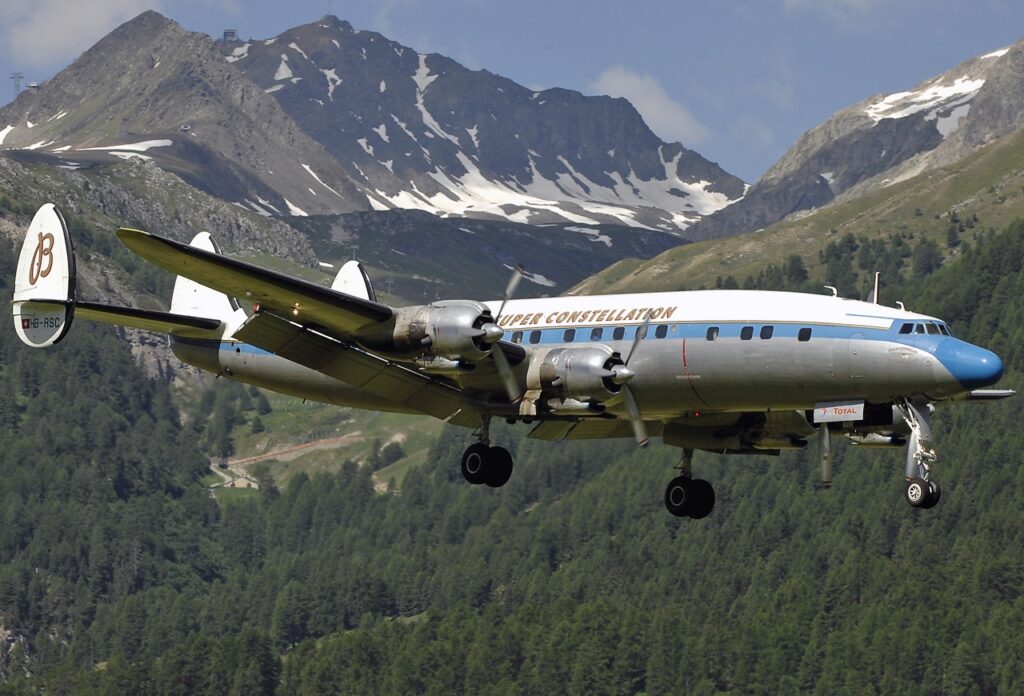
Lockheed’s Constellation, or “Connie,” redefined long-haul commercial flights in the post-World War II era. Known for its graceful triple-tail design and pressurized cabin, it offered higher altitudes and greater comfort. It also boasted a top speed of 340 mph, enabling faster cross-continental and transatlantic flights. The Constellation was essential in making international air travel more accessible and comfortable, setting the stage for future airliners.
Bristol Type 167 Brabazon
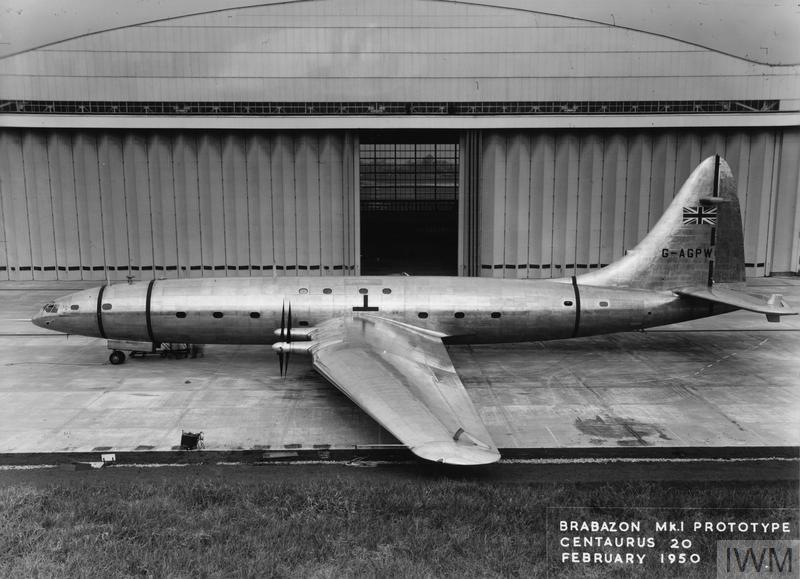
The Bristol Type 167 Brabazon was an ambitious attempt to create a large passenger plane that could accommodate luxurious long-haul flights across the Atlantic. While it never went into commercial service, its design introduced concepts such as pressurized cabins, spacious layouts, and smooth performance at higher altitudes. The Brabazon’s legacy lives on through its influence on the development of larger commercial aircraft.
Fairey Rotodyne
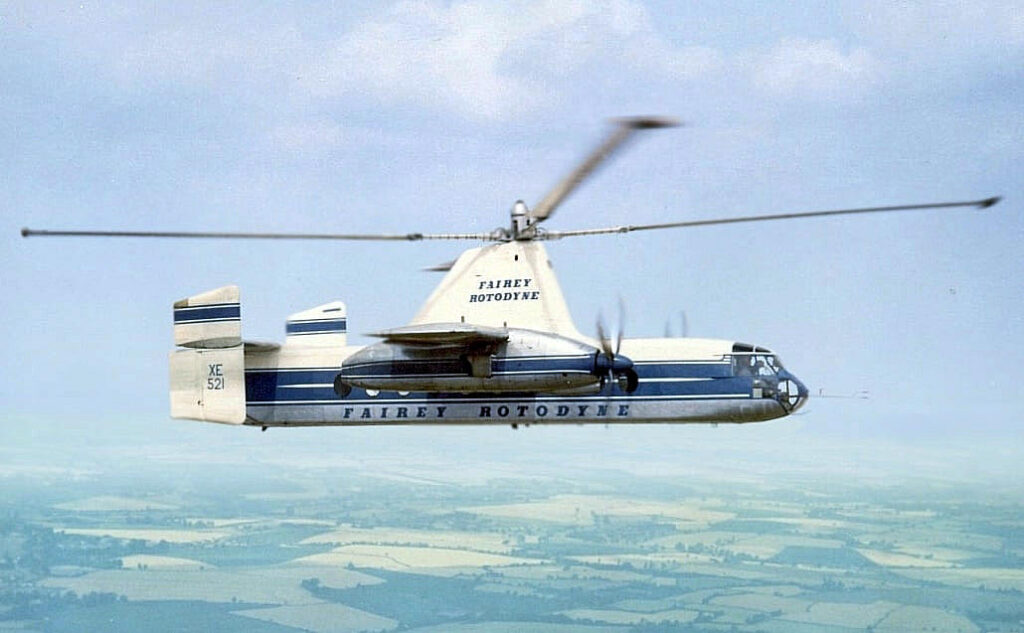
The Fairey Rotodyne was a revolutionary hybrid aircraft combining helicopter rotor blades with fixed wings and jet engines. It demonstrated vertical takeoff and landing (VTOL) capabilities while maintaining fixed-wing speed in flight. This made it ideal for city-to-city transport, but due to noise concerns and funding cuts, it was never fully developed. Nonetheless, the Rotodyne’s VTOL technology influenced future vertical-lift aircraft designs.
Vickers VC10
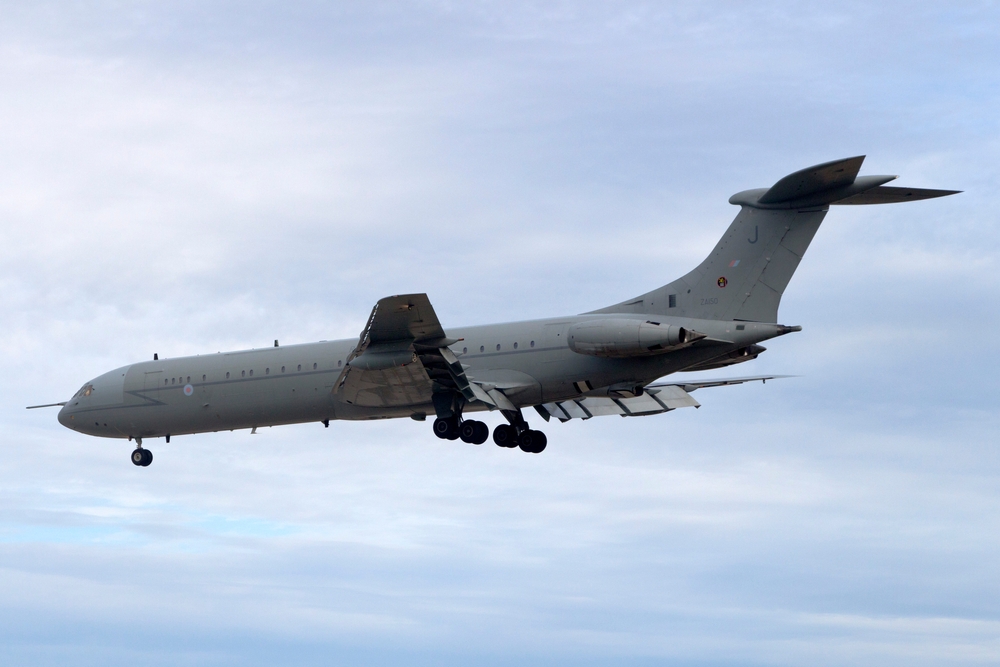
The Vickers VC10 was designed for long-haul flights to remote destinations, particularly hot and high-altitude airports in Africa and Asia, where many other planes struggled. Its rear-engine configuration allowed for quieter cabin experiences, and its impressive performance in challenging environments made it a favorite for airlines and military transport. Despite being overshadowed by American competitors, the VC10 played a key role in long-distance travel innovation.
Convair B-36 Peacemaker

The Convair B-36 Peacemaker was the largest piston-engine bomber ever built and set the standard for long-range strategic bombing. Capable of intercontinental missions without refueling, it played a crucial role in the Cold War deterrence strategy. The B-36’s unprecedented range and payload capacity helped define the requirements for future bombers like the B-52 Stratofortress.
North American XB-70 Valkyrie
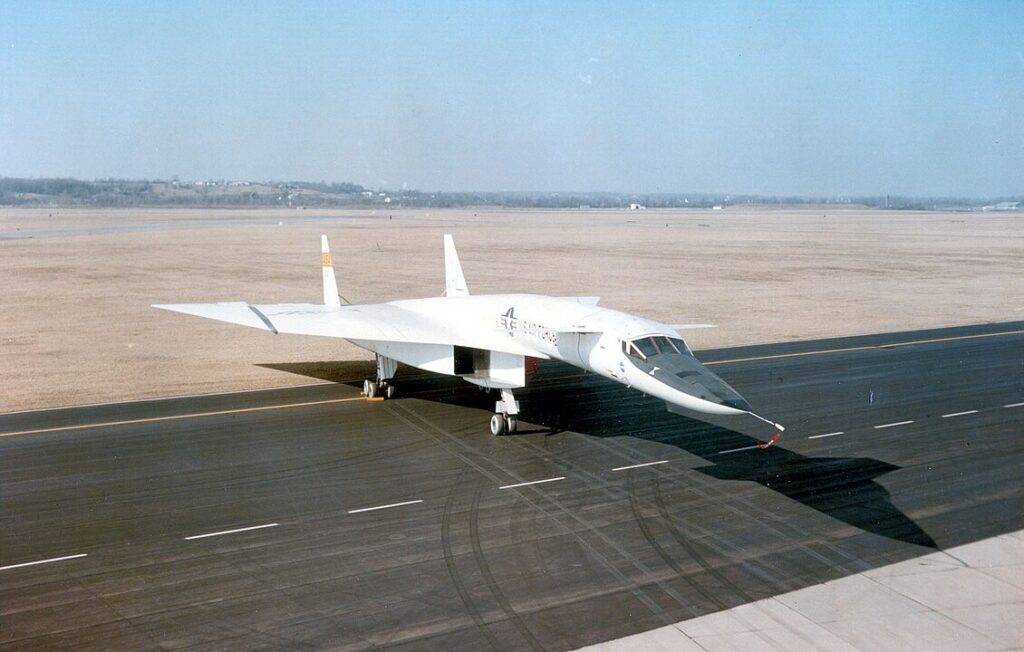
The North American XB-70 Valkyrie pushed the boundaries of supersonic flight and bomber design. This sleek aircraft was capable of cruising at Mach 3, three times the speed of sound, making it nearly impossible to intercept. Though only two prototypes were built, its innovations in high-speed flight influenced future supersonic designs, including commercial supersonic jets and military aircraft.
Blackburn Buccaneer
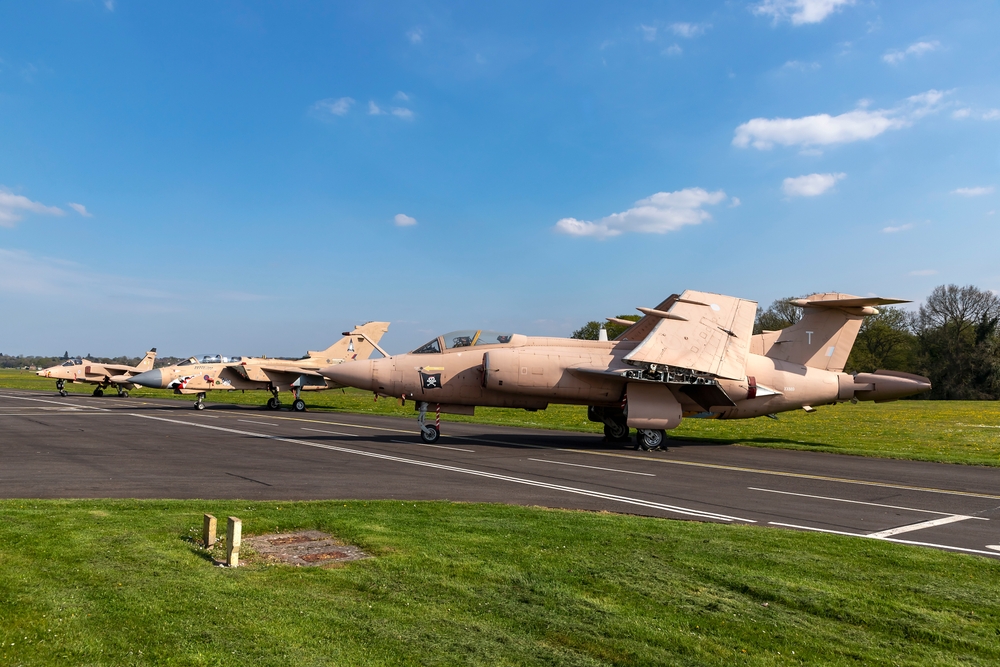
The Blackburn Buccaneer was a low-level strike aircraft designed for carrier operations. Its sturdy build, high speed at low altitudes, and advanced radar systems allowed it to deliver precision strikes while evading radar detection. The Buccaneer’s contributions to naval aviation, particularly its ability to perform in high-threat environments, earned it a place as a pioneering military aircraft.
Handley Page Victor
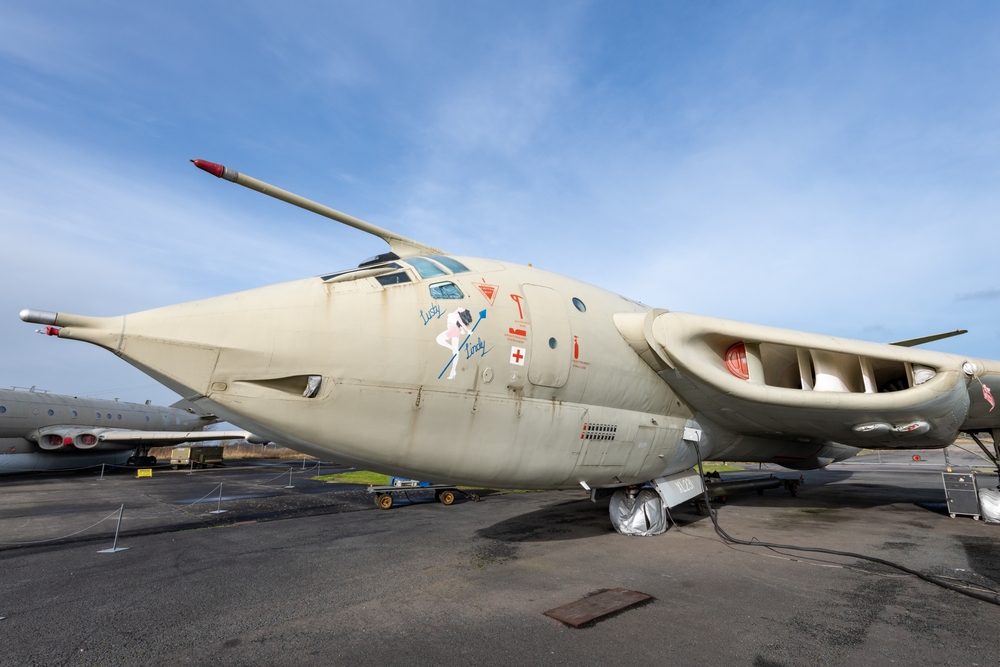
The Handley Page Victor was one of the RAF’s V-bombers and featured cutting-edge aerodynamics, including a crescent-shaped wing design that allowed for efficient high-speed cruising. Though initially conceived as a nuclear bomber, the Victor also excelled as an aerial refueling tanker, extending the range of other aircraft. Its advanced engineering influenced later bomber and transport designs.
Lockheed P-80 Shooting Star
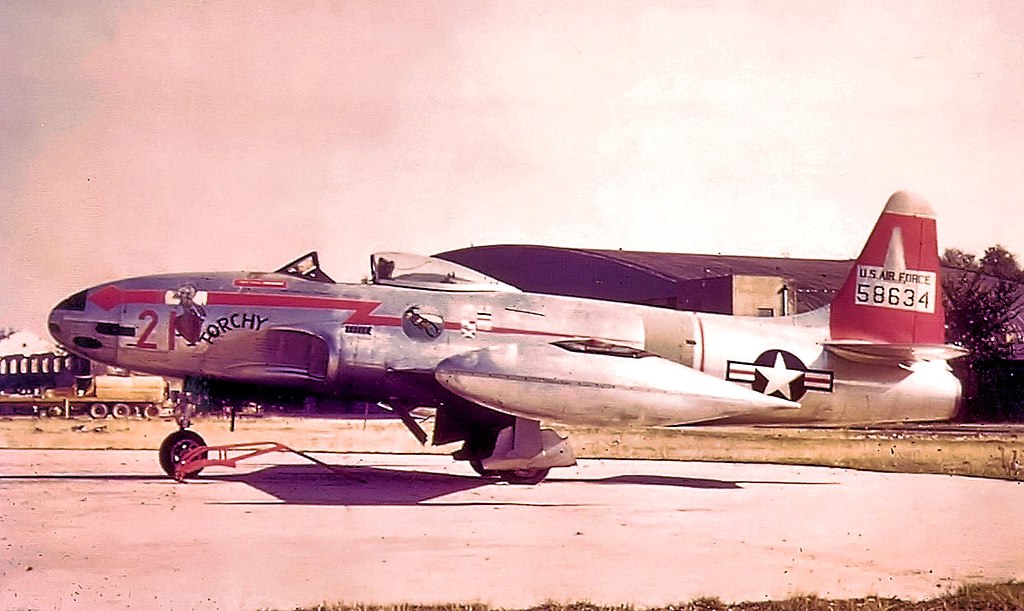
The Lockheed P-80 Shooting Star was the U.S. Air Force’s first operational jet fighter, making a significant leap from piston-engine aircraft to jets. Its straight-wing design and jet propulsion allowed it to exceed the performance of earlier aircraft, introducing jet fighter tactics that would dominate air combat for decades. It laid the groundwork for modern jet fighters, with its innovations still seen in today’s aerial combat.
Martin B-26 Marauder
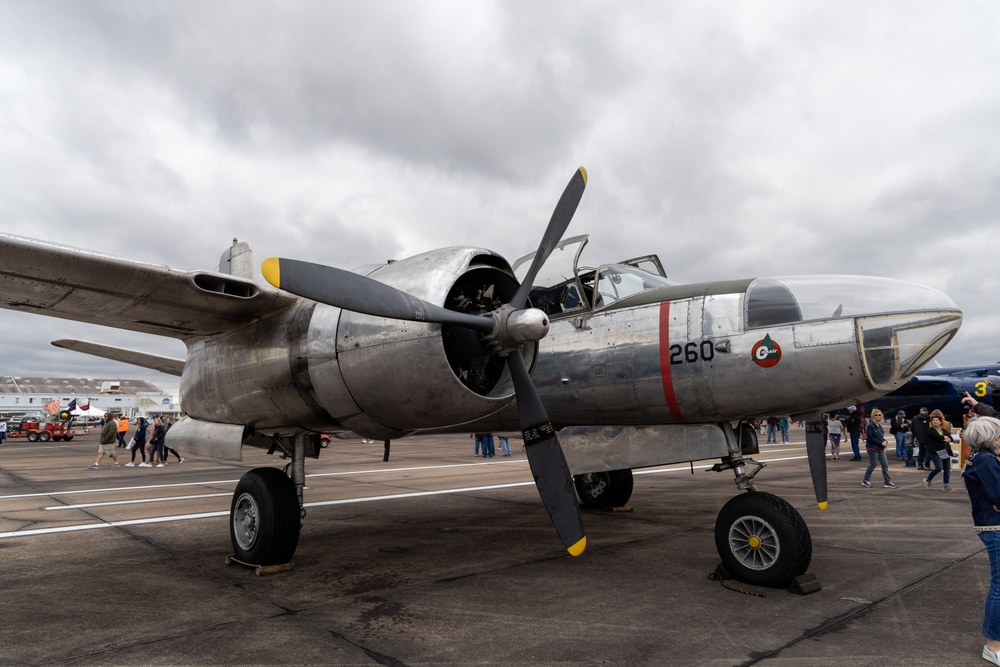
The Martin B-26 Marauder was a fast, twin-engine bomber known for its speed and precision during World War II. Though it had a steep learning curve for pilots, its ability to deliver payloads accurately at high speeds saved countless lives. It was instrumental in bombing campaigns in Europe and the Pacific, solidifying its place as one of the most effective tactical bombers of the era.
Dassault Mirage III
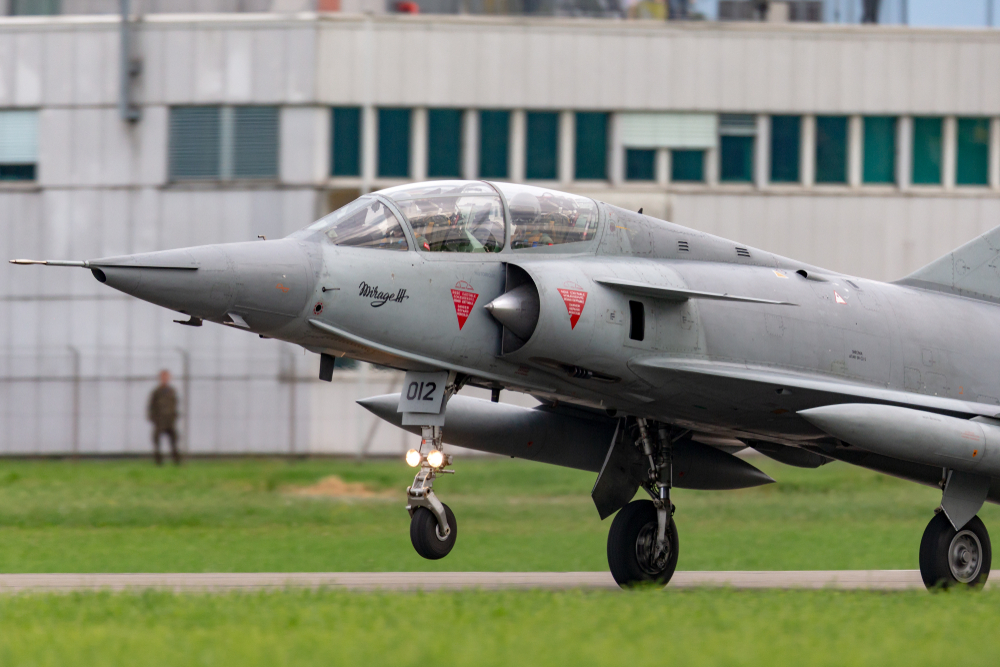
The Dassault Mirage III was a pioneering supersonic jet fighter that introduced the delta-wing design, enabling high-speed performance and excellent maneuverability. It became the foundation for many modern fighter jets and was particularly famous for its role in several air forces, including the Israeli Air Force during the Six-Day War. Its versatility in both air-to-air combat and ground attacks made it a revolutionary design.
Short Sunderland
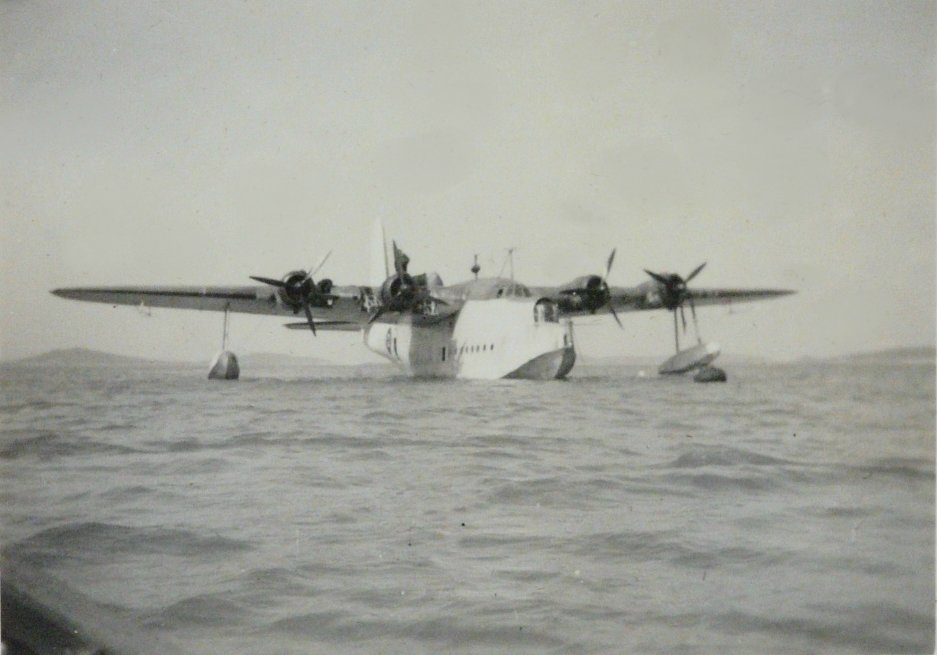
The Short Sunderland was a British flying boat used extensively during World War II for anti-submarine warfare and maritime patrols. It was known for its long range, endurance, and ability to operate from open waters. The Sunderland’s versatility and effectiveness in keeping the Atlantic supply routes secure earned it a reputation as one of the most successful flying boats of its time.
McDonnell XF-85 Goblin

The McDonnell XF-85 Goblin was an experimental parasite fighter designed to be carried within the bomb bay of larger bombers. Its purpose was to defend bombers from enemy fighters, but the concept proved too difficult to operationalize. Despite its cancellation, the Goblin represented a novel approach to air defense, influencing later airborne fighter defense systems.
Avro Canada CF-105 Arrow
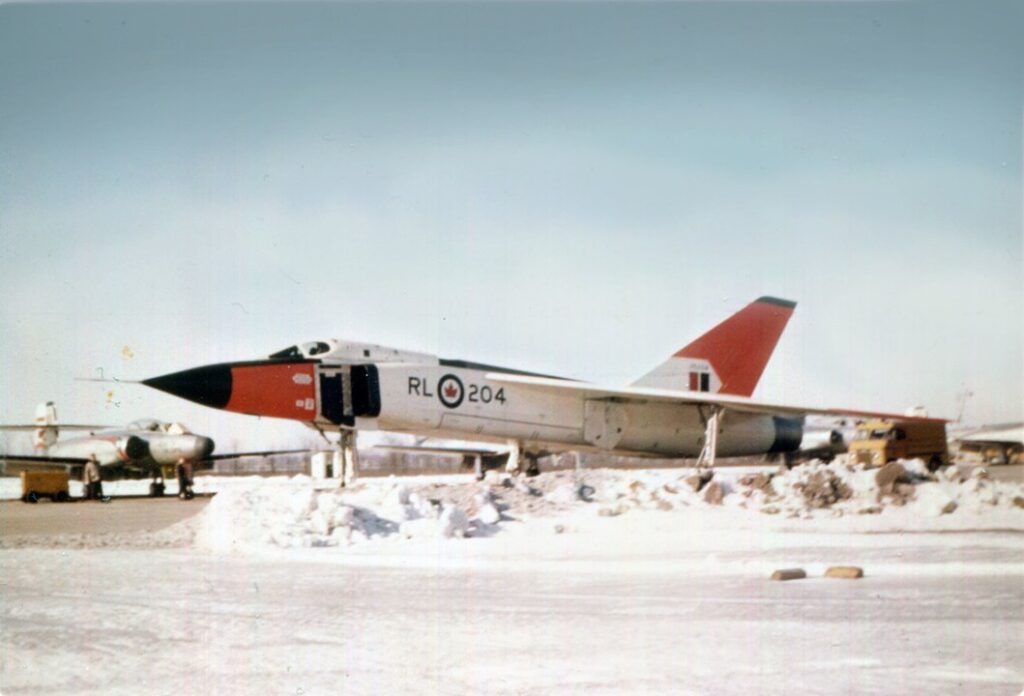
The Avro Canada CF-105 Arrow was an advanced interceptor aircraft with cutting-edge speed, altitude, and radar capabilities. Though it was canceled before entering production, the Arrow represented a leap forward in aircraft design and performance for its time. Many aviation experts believe it would have set new standards for military interceptors if fully developed.
Sikorsky R-4
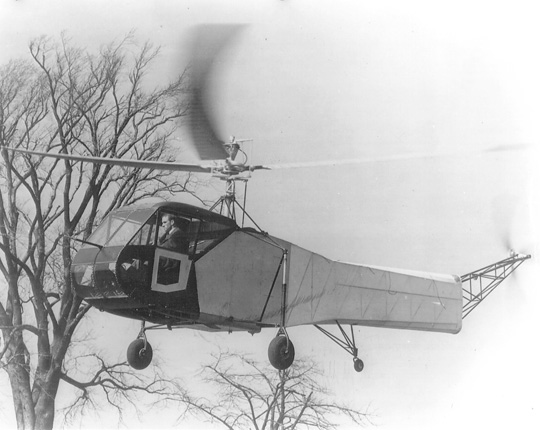
The Sikorsky R-4 was the world’s first mass-produced helicopter and proved the viability of rotary-wing aircraft in various roles, including reconnaissance, transport, and medical evacuation. Its development marked the beginning of the helicopter’s essential role in both military and civilian aviation, leading to widespread use in modern aviation operations.
Republic F-105 Thunderchief
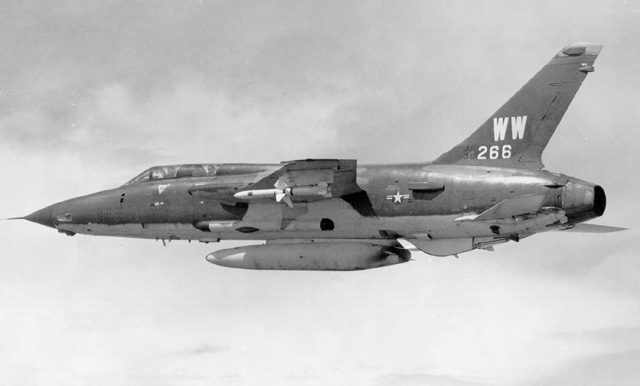
The Republic F-105 Thunderchief, or “Thud,” was known for its high-speed, low-level bombing missions during the Vietnam War. It was the largest single-engine combat aircraft in history, capable of carrying heavy bomb loads. Its speed, durability, and advanced avionics made it a key player in air combat, and its role in pioneering modern bombing tactics is often overlooked.
Saab 37 Viggen
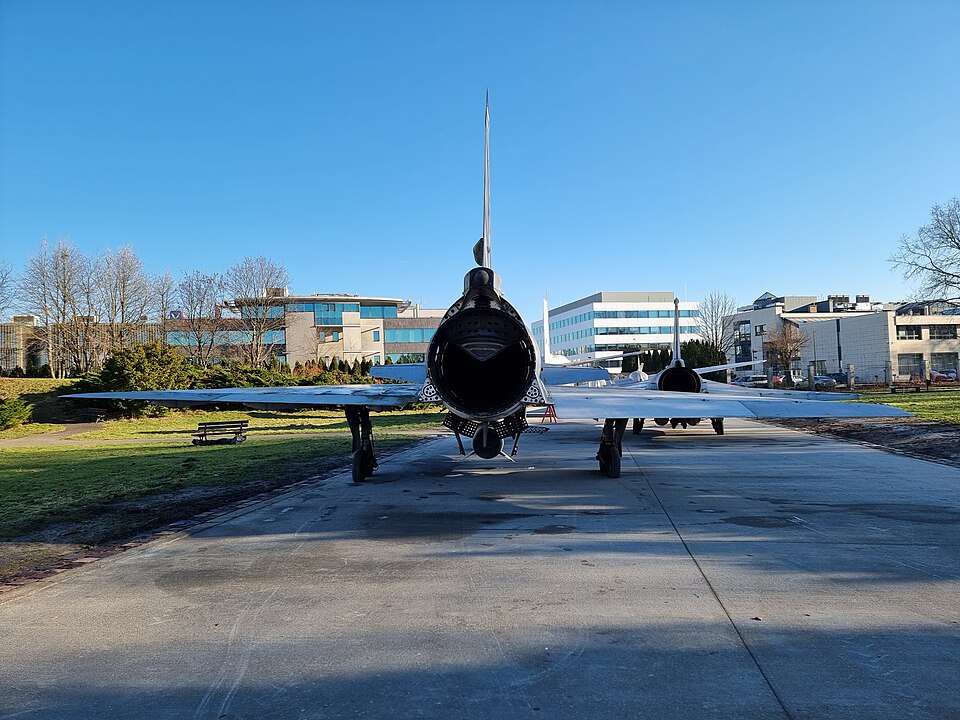
The Saab 37 Viggen was a Swedish multirole fighter known for its short takeoff and landing (STOL) capabilities, allowing it to operate from roads and small airstrips. Its canard-wing configuration provided high maneuverability, and its ability to quickly transition from interceptor to ground-attack roles made it a versatile and revolutionary aircraft in the Cold War era.
This article originally appeared in MyCarMakesNoise.
More from MyCarMakesNoise
15 Fuel-Saving Myths That Waste More Gas Than You Think

When it comes to saving fuel, we often rely on tips and tricks we’ve heard over the years. However, not all of these so-called “fuel-saving” methods are as effective as they seem. Read More
10 Fascinating Tractor Museums Preserving Farming Heritage

Tractor museums are more than just collections of machinery; they are windows into the rich history of farming and agriculture. In these museums, the evolution of farming technology comes to life, showcasing the ingenuity and hard work that shaped rural communities. Read More
6 Classic Boats That Deserve a Second Look

There’s something special about classic boats—their timeless designs, craftsmanship, and the stories they carry. While some boats have become icons, others have quietly faded into the background. Read More

